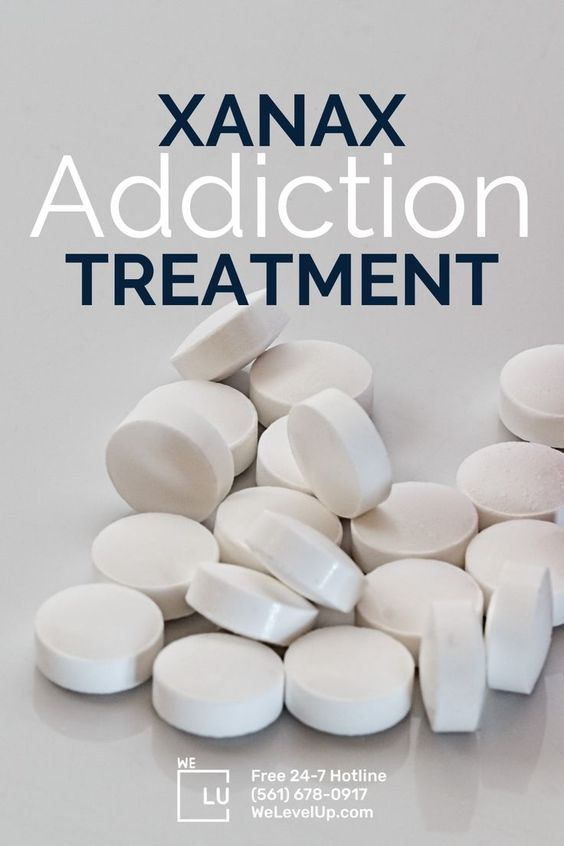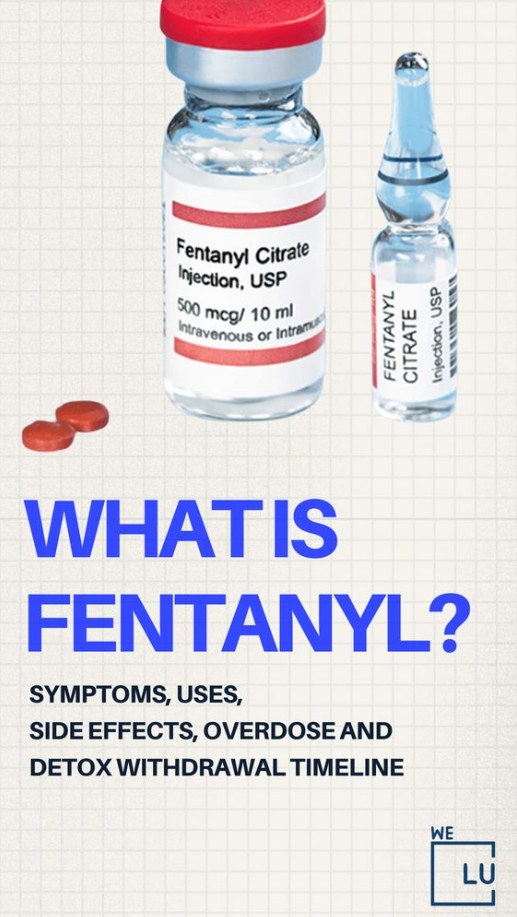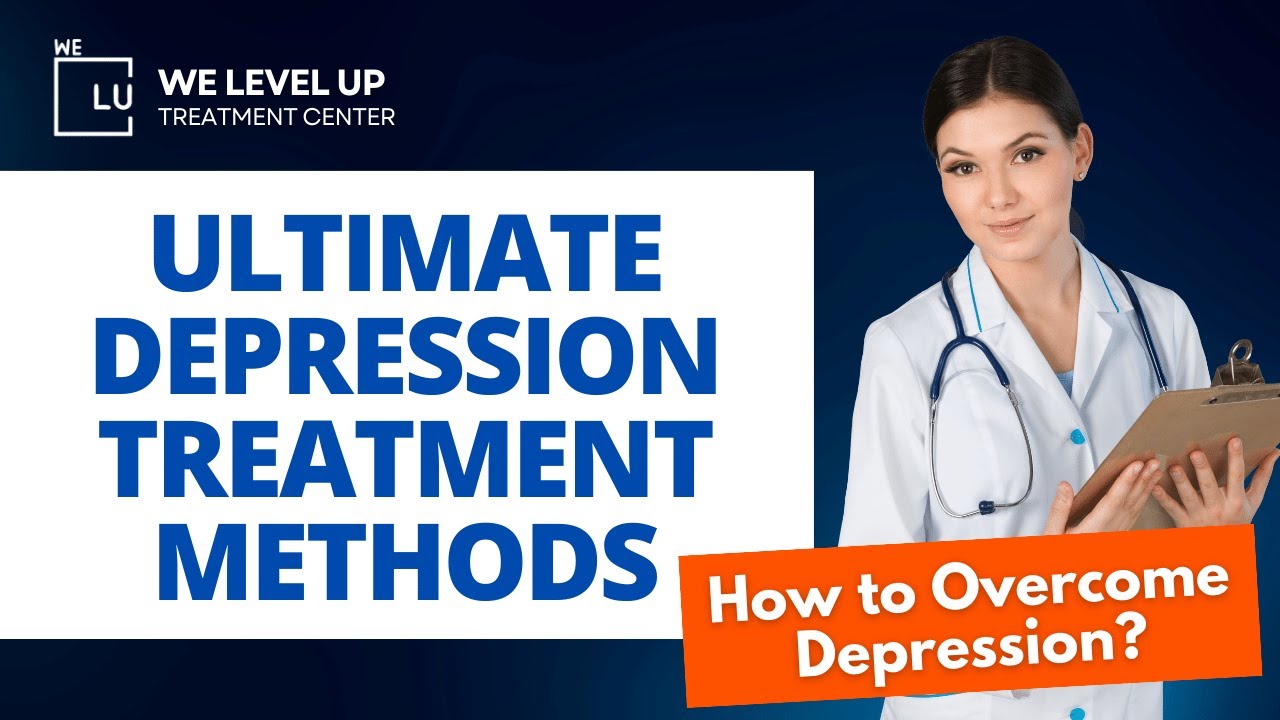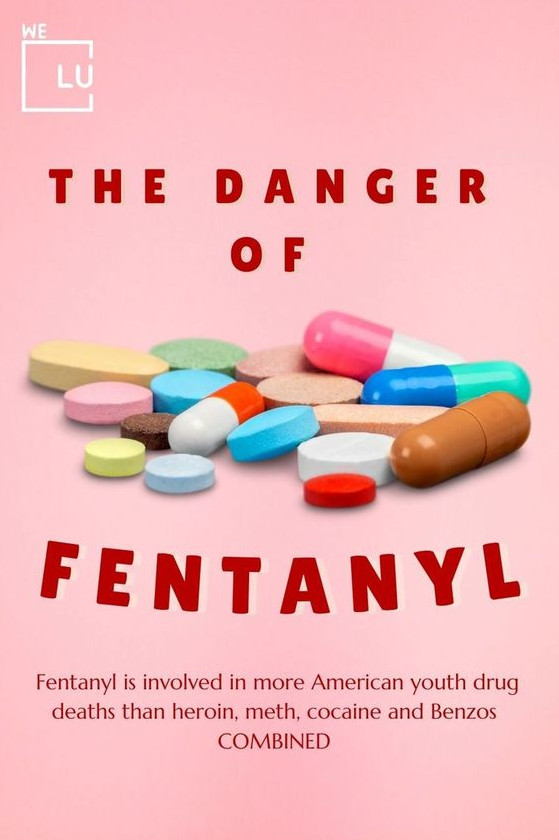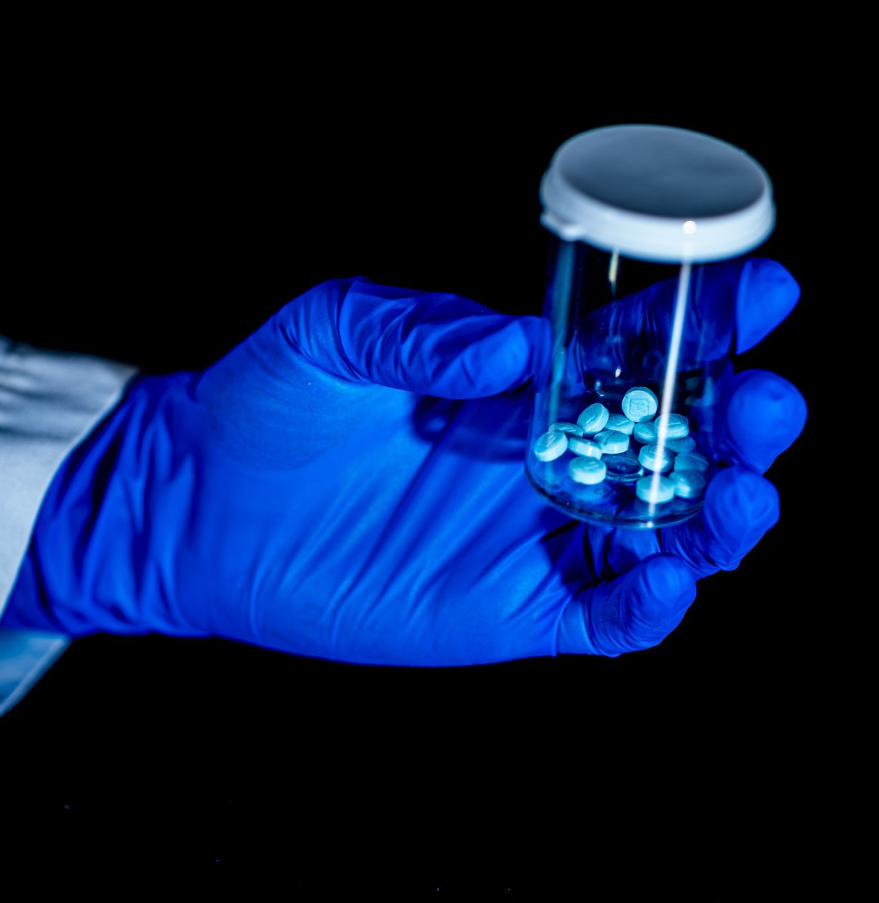What Is Oxycodone Used For?
Oxycodone is used to relieve moderate to severe pain. Oxycodone extended-release tablets and extended-release capsules are used to relieve severe pain in people who are expected to need pain medication around the clock for a long time and who cannot be treated with other medications. Oxycodone extended-release tablets and extended-release capsules should not be used to treat pain that can be controlled by medication that is taken as needed.
What is Oxycodone? Oxycodone extended-release tablets, extended-release capsules, and concentrated solutions should only be used to treat people who are tolerant (used to the effects of the medication) to opioid medications because they have taken this type of medication for at least one week. Oxycodone is in a class of medications called opiate (narcotic) analgesics. It works by changing the way the brain and nervous system respond to pain.
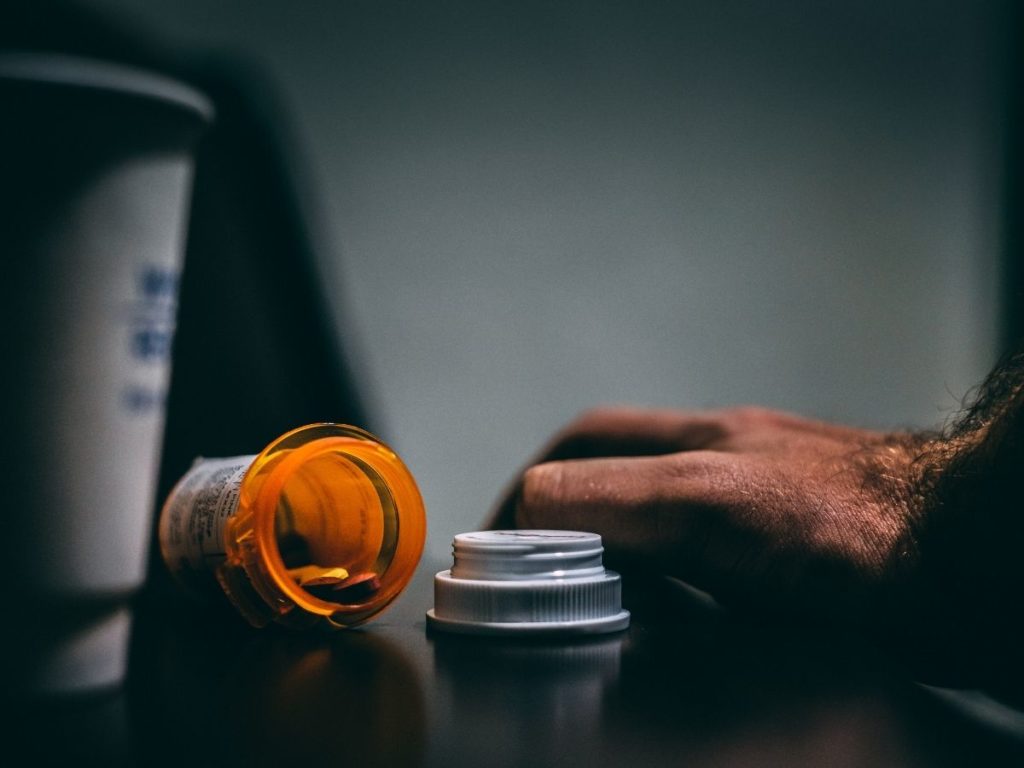
Oxycodone Dosage
What is Oxycodone? Oxycodone comes as a solution (liquid), a concentrated solution, a tablet, a capsule, an extended-release (long-acting) tablet (Oxycontin), and an extended-release capsule (Xtampza ER) to take by mouth. The solution, concentrated solution, tablet, and capsule are taken usually with or without food every 4 to 6 hours, either as needed for pain or as regularly scheduled medications.
The extended-release tablets (Oxycontin) are taken every 12 hours with or without food. The extended-release capsules (Xtampza ER) are taken every 12 hours with food; eat the same amount of food with each dose. Follow the directions on your prescription label carefully, and ask your doctor or pharmacist to explain any part you do not understand. Take oxycodone exactly as directed. [1]
Oxycodone Side Effects
What is Oxycodone effect? Oxycodone may cause side effects. Tell your doctor if any of these symptoms, are severe or do not go away:
- Dry mouth
- Stomach pain
- Drowsiness
- Flushing
- Headache
- Mood changes
Some side effects can be serious. If you experience any of these symptoms or those mentioned in the IMPORTANT WARNING section, call your doctor immediately or get emergency medical help:
- Changes in heartbeat
- Agitation, hallucinations (seeing things or hearing voices that do not exist), fever, sweating, confusion, fast heartbeat, shivering, severe muscle stiffness or twitching, loss of coordination, nausea, vomiting, or diarrhea
- Nausea, vomiting, loss of appetite, weakness, or dizziness
- Inability to get or keep an erection
- Irregular menstruation
- Decreased sexual desire
- Chest pain
- Hives
- Itching
- Rash
- Swelling of the face, throat, tongue, lips, eyes, hands, feet, ankles, or lower legs
- Hoarseness
- Difficulty breathing or swallowing
- Seizures
- Extreme drowsiness
- Lightheadedness when changing positions
How Long Does Oxycodone Stay In Your System?
What is Oxycodone effectiveness timeline? Oxycodone is detectable in the urine for 1-4 days, and a person will test positive for the drug within 1-3 hours after taking it. It is detectable in saliva within minutes after a person takes the drug and can be detected on a test for up to 48 hours. Like the other opioids, it can be detected in the hair for up to 90 days.
Oxycodone is primarily metabolized by the liver. This process produces metabolites, the most common of which is noroxycodone, followed by noroxymorphone. Oxycodone and its metabolites are excreted through the kidneys. The half-life of oxycodone is 3-5 hours, which means it takes about that much time for half of the dose to be eliminated from the bloodstream. [2]
How long each opiate can be detected by drug tests varies depending on many factors, including the type of ingestion. Prescription opiates typically come in pill form. Taking a drug orally means that it has to pass through the digestive system first, so it can take around an hour for the effects to begin. On the other hand, substances like heroin are more often injected, smoked, or snorted. These methods create a much faster and more intense high, and they pass out of the body sooner.
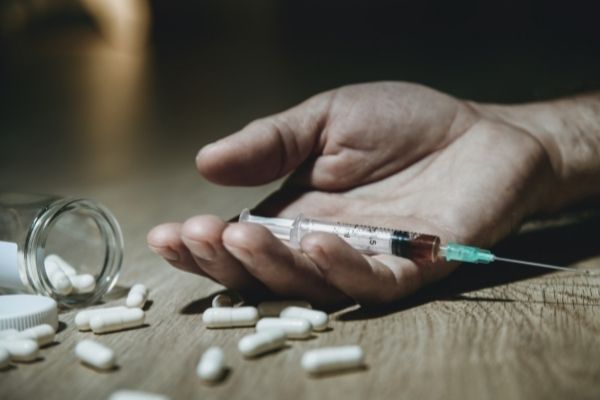
Other factors affecting how quickly an opiate leaves the system include:
- The individual’s metabolism rate
- Body mass and weight
- Body fat content
- The health of the liver and kidneys
- Age
- How often and how heavy opiate use is
- Quality of the drug
- Amount of water in the body
Of course, the type of opiate also factors into how long it can be detected by drug tests. Commonly prescribed opioids include Vicodin—which was discontinued in the U.S. market—OxyContin, morphine, and codeine.
Oxycodone Abuse
Oxycodone is a DEA Schedule II controlled substance. Substances in the DEA Schedule II have a high potential for abuse which may lead to severe psychological or physical dependence. [3] The Centers for Disease Control has declared opioid abuse to be an epidemic. Overdose deaths are largely assumed to be the result of excessive opioid consumption. In many of these cases, however, opioid abusers are often polydrug abusers. Benzodiazepines are one of the most commonly co-abused substances and pose a significant risk to opioid users. In 2016, the FDA required boxed warnings – the FDA’s strongest warning – for prescription opioid analgesics and benzodiazepines about the serious risks associated with using these medications at the same time.
How Is Oxycodone Abused?
If you take recreational drugs, such as cannabis, cocaine, and heroin, while you’re taking oxycodone, you’re more likely to get the serious side effects of oxycodone including breathing difficulties, muscle stiffness, and low blood pressure, and seizures or fits.
Some recreational drugs, such as cannabis, will also increase oxycodone side effects and make you feel sleepy and dizzy. Taking heroin while you’re taking prescribed oxycodone is especially dangerous. You’re more likely to get all the side effects of oxycodone, including drug addiction.
Signs Of Oxycodone Abuse
What is Oxycodone addiction? If you’re addicted to oxycodone, you may find it difficult to stop taking it or feel you need to take it more often than necessary. If you stop taking it suddenly you may suffer from withdrawal symptoms. These include:
- Feeling agitated, anxious, or nervous
- Panic attacks
- Difficulty sleeping
- Shaking
- Pins and needles
- ringing in the ears
- sweating
Talk to a doctor if you’re worried about addiction or if you want to know more about how to prevent withdrawal symptoms.
What Is The Difference Between Oxycodone & Hydrocodone
Hydrocodone leaves the body even faster, with saliva tests only working for the first 12-36 hours after the last pill was taken. Urine tests can detect hydrocodone for 2-4 days, and hair tests are effective for 90 days.
Oxycodone is more likely to cause side effects of dizziness and drowsiness, as well as fatigue, headaches, and feelings of euphoria. Hydrocodone is more likely to cause constipation and stomach pain. Severe, though less common, side effects include seizures.
Prescription Drugs Addiction Treatment, Inpatient Drug Rehab Texas
Someone struggling with Oxycodone abuse and mental illness must treat both conditions. For the treatment to be effective, you need to stop using alcohol or drugs. Treatments may include behavioral therapies and medications. Also, support groups can give you emotional and social support. They are also a place where people can share tips about how to deal with day-to-day challenges.
A good dual diagnosis drug treatment program and drug addiction therapy facility need to be able to treat both conditions without treating one as the sole cause of the other. Addiction is a complicated disease and no one thing is to blame for it. There are various options available to handle drug addiction therapy.
A good drug treatment program will offer several levels of therapy as well as multiple treatment options. This allows the rehabilitation facility to meet the individual needs of its patients.
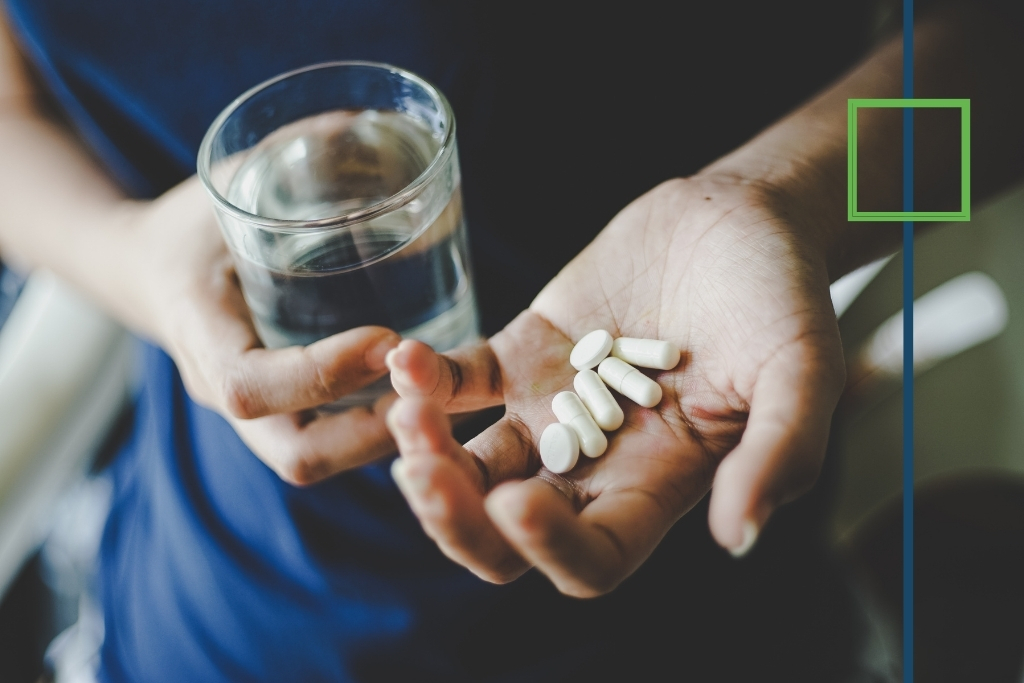
What is Oxycodone detox? Most programs begin with a detox process to remove the opioids and physical dependence on any substances then a residency program. This type of program can last as long as two months and is designed to provide intensive focused therapy in a controlled environment to help you get over the first hurdle and give you the tools necessary to face the cravings and temptations of everyday life.
During the inpatient treatment process, dual diagnosis cases are identified and treatment begins. The next step is an intensive outpatient drug treatment program that provides drug addiction therapy by meeting at the site several times a week for intensive therapy that can help you deal with what occurs in daily life. Finally, a standard outpatient therapy program provides the continued support necessary to maintain a sober condition.
How We Can Help? Searched for “Texas inpatient consultants or drug and alcohol treatment centers in Houston TX?” or are you seeking a national inpatient rehab destination?
Receive treatment for co-occurring disorders today.
As the addiction treatment community begins to realize that addiction is itself a mental disorder, the relationship between substance abuse and mental disorders becomes more complicated. The greater treatment community largely lacks a proper understanding of dually diagnosed conditions, so these conditions are still treated separately, or worse–not treated or diagnosed at all. The dual diagnosis treatment centers in We Level Up Florida, California, Texas, and New Jersey are some of the facilities that have professionals trained to help treat co-occurring disorders concurrently. This type of tandem treatment provides some of the best success rates.
What is Oxycodone? Oxycodone is a powerful drug and offers much-needed relief to many people struggling with painful or terminal conditions; as such, it can be hard to stay in control. Get dual diagnosis treatment for individuals struggling with drug abuse. Call us today!
Sources:
[1] Oxycodone – U.S. Department of Health and Human Services National Institutes of Health
[2] How Long Do Opiates Stay in Your System? – https://americanaddictioncenters.org/prescription-drugs/how-long-in-system
[3] Oxycodone – National Center for Biotechnology Information
